Camping is a wonderful way to connect with nature and enjoy the great outdoors. However, it’s important to be aware of potential dangers, including certain plants that can cause harm or discomfort.
In this article, we will explore four dangerous plants to avoid when camping to help you stay safe and enjoy your outdoor adventures to the fullest.
Knowing which plants to steer clear of is not just about safety; it’s about ensuring your camping trip is enjoyable and stress-free. By familiarizing yourself with the most common plants to avoid when camping, you’ll be better equipped to protect yourself, your family, and your friends from the discomfort and potential dangers these plants can pose.
From causing itchy rashes to more severe health issues, the risks are real, but with the right knowledge, they are entirely avoidable.
Let’s dive into identifying these plants, so you can confidently explore and relish your time in the wild.
1. Water Hemlock: A Deadly Threat
Water Hemlock is one of the most dangerous plants in North America. It contains a toxin called cicutoxin, which can be fatal if ingested or even touched. This plant is particularly hazardous because all parts of it are highly poisonous.
Accidental poisonings usually occur when Water Hemlock is mistaken for edible plants such as artichokes, celery, sweet potatoes, sweet anise, or wild parsnip.
Where Does It Grow? Water Hemlock is commonly found in wetlands associated with ditches, stream banks, pond margins, and marshes throughout North America. It’s crucial to be cautious and avoid this plant at all costs.
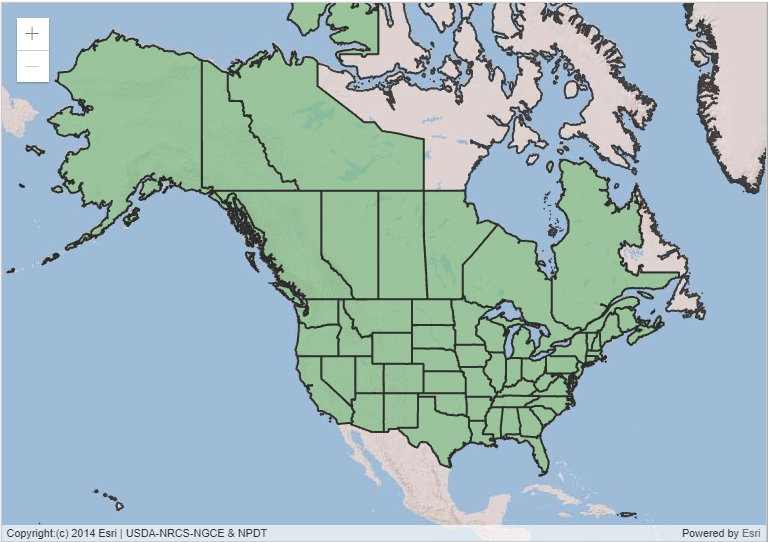
How to Identify It? Water Hemlock can be recognized by its umbrella-like clusters of small white flowers and its hollow, segmented stem. The leaves are feather-like and divided into many small leaflets. The plant can grow up to 8 feet tall and has a distinctive parsnip-like odor.
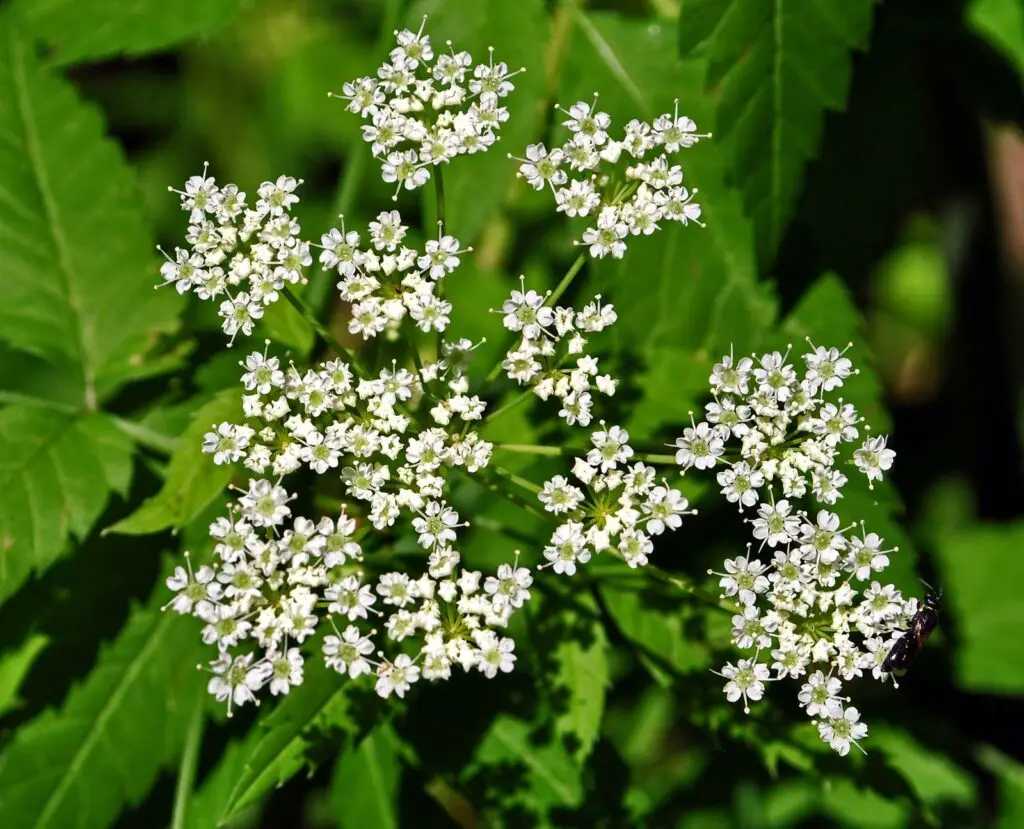
2. Poison Ivy, Poison Oak, and Poison Sumac: A Rash Decision
Poison Ivy, Poison Oak, and Poison Sumac are well-known for causing itchy rashes and discomfort.
These plants belong to the sumac family and produce an oil called urushiol, which triggers an allergic reaction on contact.
It’s crucial to recognize and avoid these plants to prevent an uncomfortable camping experience.
Where Do They Grow? Poison Ivy is found throughout the United States, except for Alaska, Hawaii, and parts of the West Coast.
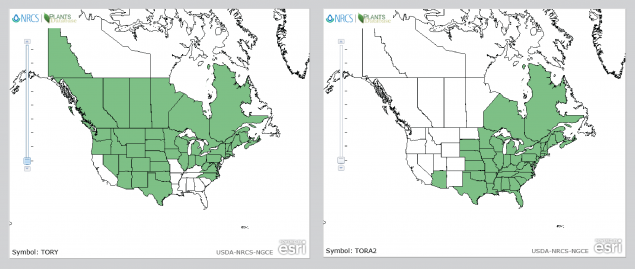
Poison Oak, on the other hand, thrives along the West Coast and Southeast.
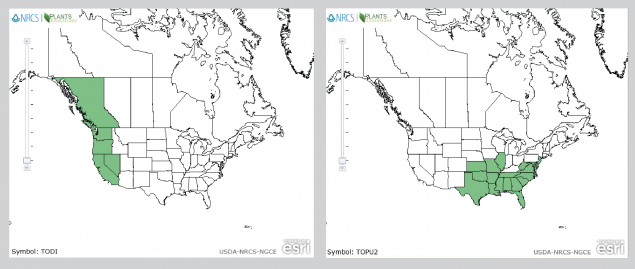
Poison Sumac is commonly found in bogs or swamps in the Northeast, Midwest, and parts of the Southeast.
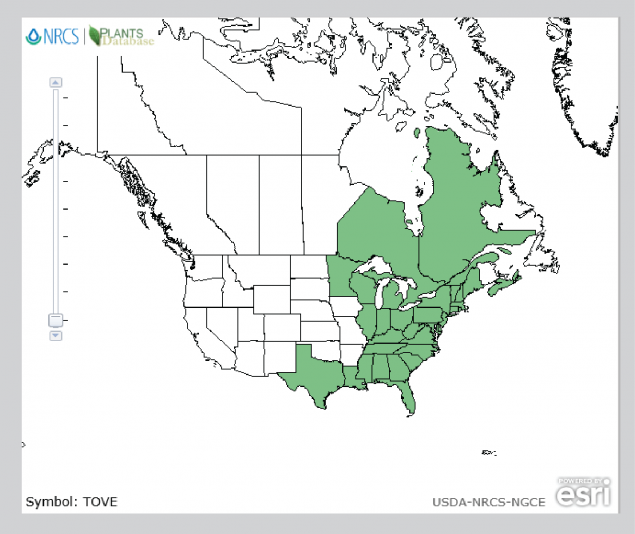
How to Identify Them? Both Poison Ivy and Poison Oak typically have clusters of three leaves, though some variations may have more leaves. Remember the saying “Leaves of Three, Leave Them Be” to help identify these plants.
Poison Ivy:
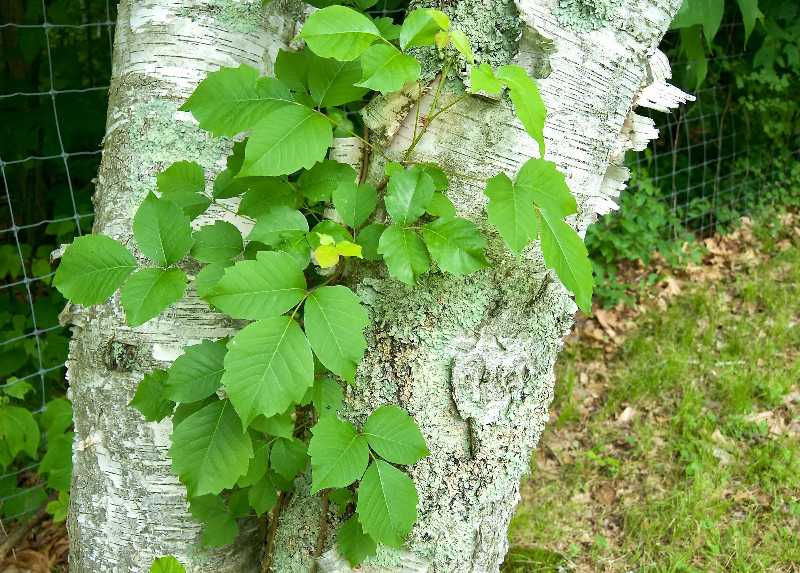
Poison Oak:
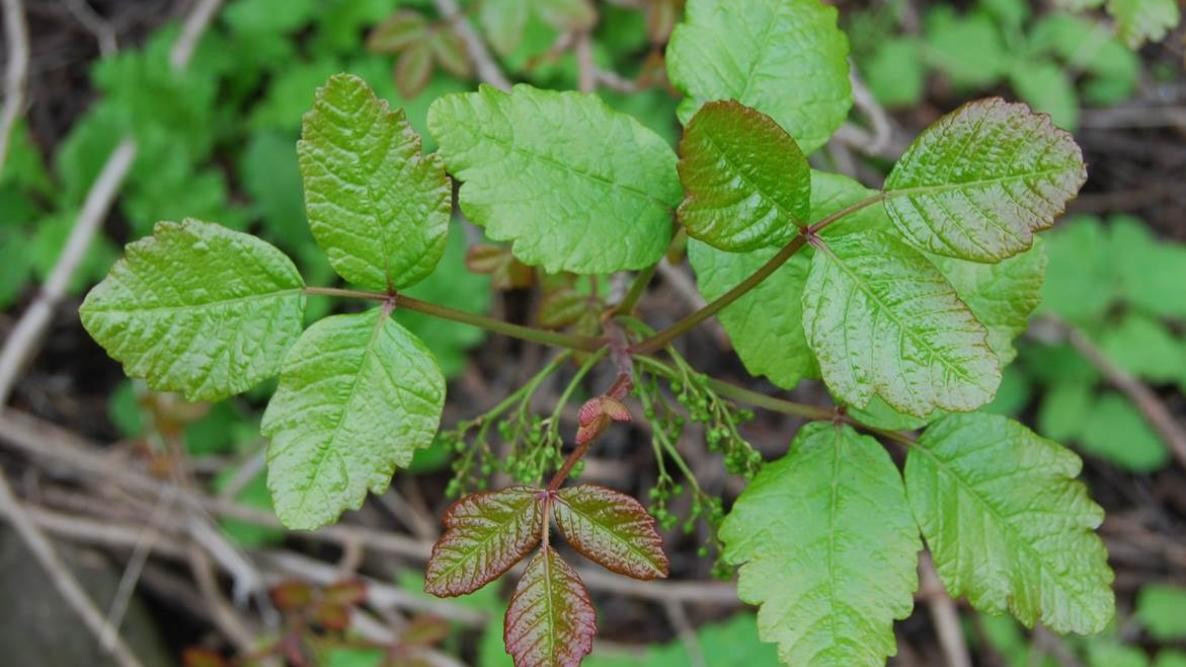
Poison Sumac, however, has 7-13 leaf clusters arranged in pairs. It may have glossy, pale yellow, or cream-colored berries.
Poison Sumac:
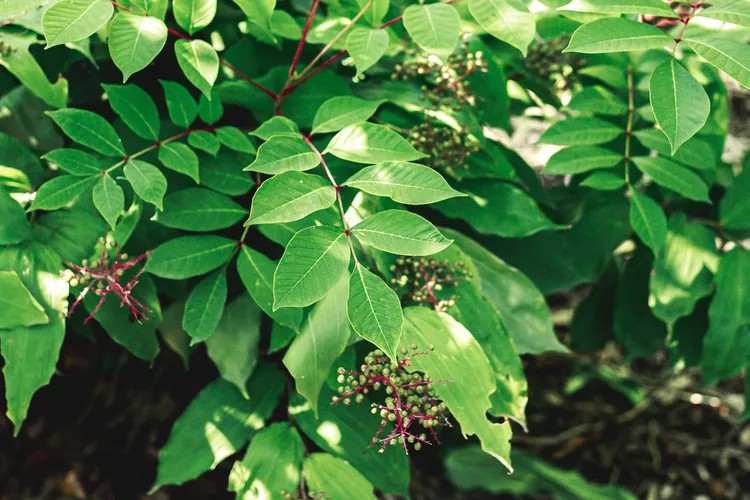
3. Stinging Nettle and Burning Nettle: Handle with Care
Stinging Nettle and Burning Nettle may not be as lethal as Water Hemlock, but they can still cause severe skin irritation. These plants have tiny hairs on their stems and the underside of their leaves that deliver a painful sting when touched. It’s essential to be cautious and avoid direct contact with these plants to prevent discomfort during your camping trip.
Where Do They Grow? Burning Nettle, often referred to as Stinging Nettle, is common in western and many eastern states, while Stinging Nettle is more contained to the western states.
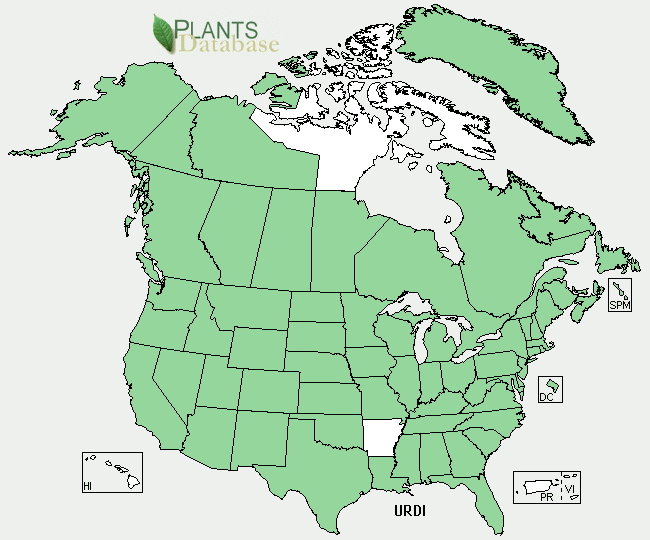
How to Identify Them? Stinging Nettle is typically 3-10 feet tall and has coarsely round-toothed leaves on short stalks. Burning Nettle, on the other hand, is shorter, ranging from 5 inches to 2 feet tall, with serrated leaves occurring opposite each other on the stalk. Both plants have needle-like hairs that cover their stalks and the underside of their leaves.
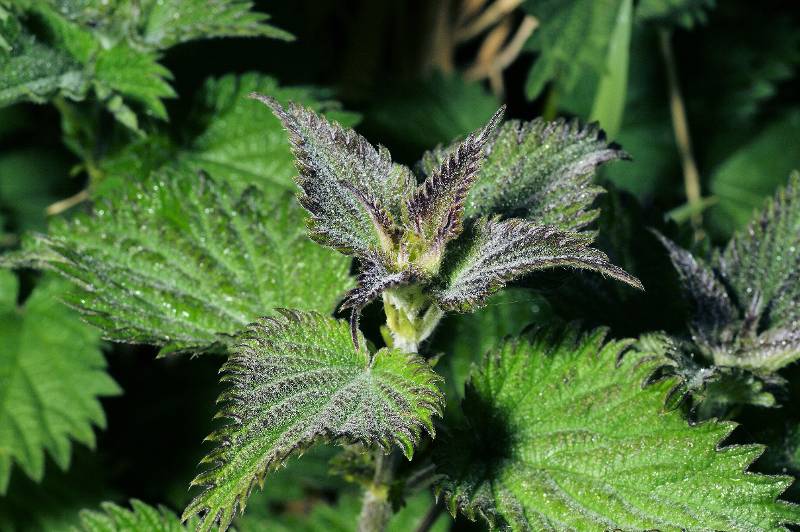
First Aid for Poisonous Plant Encounters
If you or someone you’re with touches or ingests a poisonous plant, knowing the right first aid steps can make a big difference. Start by washing the affected area with soap and water to remove the plant’s oils or substances.
It’s important when camping to always have a first-aid kit available for potential injuries, read our article on this topic.
If there’s a rash, itching, or any discomfort, over-the-counter creams and antihistamines can offer relief. For more serious reactions, seek medical attention immediately.
When dealing with a poisonous plant exposure, it’s crucial to act quickly and effectively. The first step is to remain calm and assess the situation. Identify the plant and try to remember any symptoms or reactions that have occurred. This information will be helpful for the medical professionals.
- ITCH RELIEF: Used to relieve itching and discomfort cause by Poison Ivy, Oak, and Sumac reactions, insect bites, and minor skin irritations
- LONG LASTING: Delivers fast relief for up to 8 hours
- DOUBLE RELIEF FORMULA: Includes antihistamine to help stop the reaction, and analgesic to soothe the itch fast
- SKIN PROTECTANT: Ivarest Cream's formula helps to dry and protect the rash
- EASY APPLICATION: Applies easily and dries quickly to provide a protective covering that holds medication in place
Let’s End on a Positive Note: Enjoying Nature Safely
While it’s important to be aware of these dangerous plants, it’s equally important to remember that most plants you encounter during your camping trip are harmless. By familiarizing yourself with the dangerous plants mentioned above and using common sense, you can enjoy nature safely.
Here are a few general tips to help you stay safe when camping:
- Research the Area: Before heading out, research the flora and fauna of the area you will be camping in. This will help you identify any potentially harmful plants in advance.
- Wear Protective Clothing: When venturing into areas where dangerous plants may be present, wear long pants, long sleeves, and closed-toe shoes to minimize skin exposure.
- Learn to Identify Plants: Take the time to learn how to identify dangerous plants from reliable sources. Familiarize yourself with their appearance, including leaves, flowers, and distinctive features.
- Travel in Groups: Camping with others can provide an extra set of eyes to help identify and avoid dangerous plants. Plus, it’s always more fun to explore nature with friends or family!
Remember, prevention is key when it comes to avoiding contact with dangerous plants. Take the necessary precautions, stay informed, and enjoy the beauty of nature while keeping yourself safe.
Additional Information
If you’re planning a camping trip, it’s essential to pack a basic first aid kit that includes items to treat minor cuts, insect bites, and rashes. Additionally, consider carrying an antihistamine cream or spray to help alleviate itching and discomfort in case of contact with poisonous plants. Always consult with a healthcare professional for personalized medical advice and recommendations.
Now that you’re equipped with knowledge about these dangerous plants, you can confidently explore the great outdoors without worrying about potential hazards. Remember to stay vigilant, respect nature, and have a fantastic camping experience!
Disclaimer: The information provided in this article is for informational purposes only and should not be considered medical or professional advice. Always consult with a qualified expert for personalized guidance and safety tips related to your specific camping situation.
Recommended Camping Gears: I have compiled a list of my favourite camping gear in one place. The selection is based on my own personal experience using them for many years camping as well as feedback from fellow campers. Check them out on my Recommended Camping Gears page
